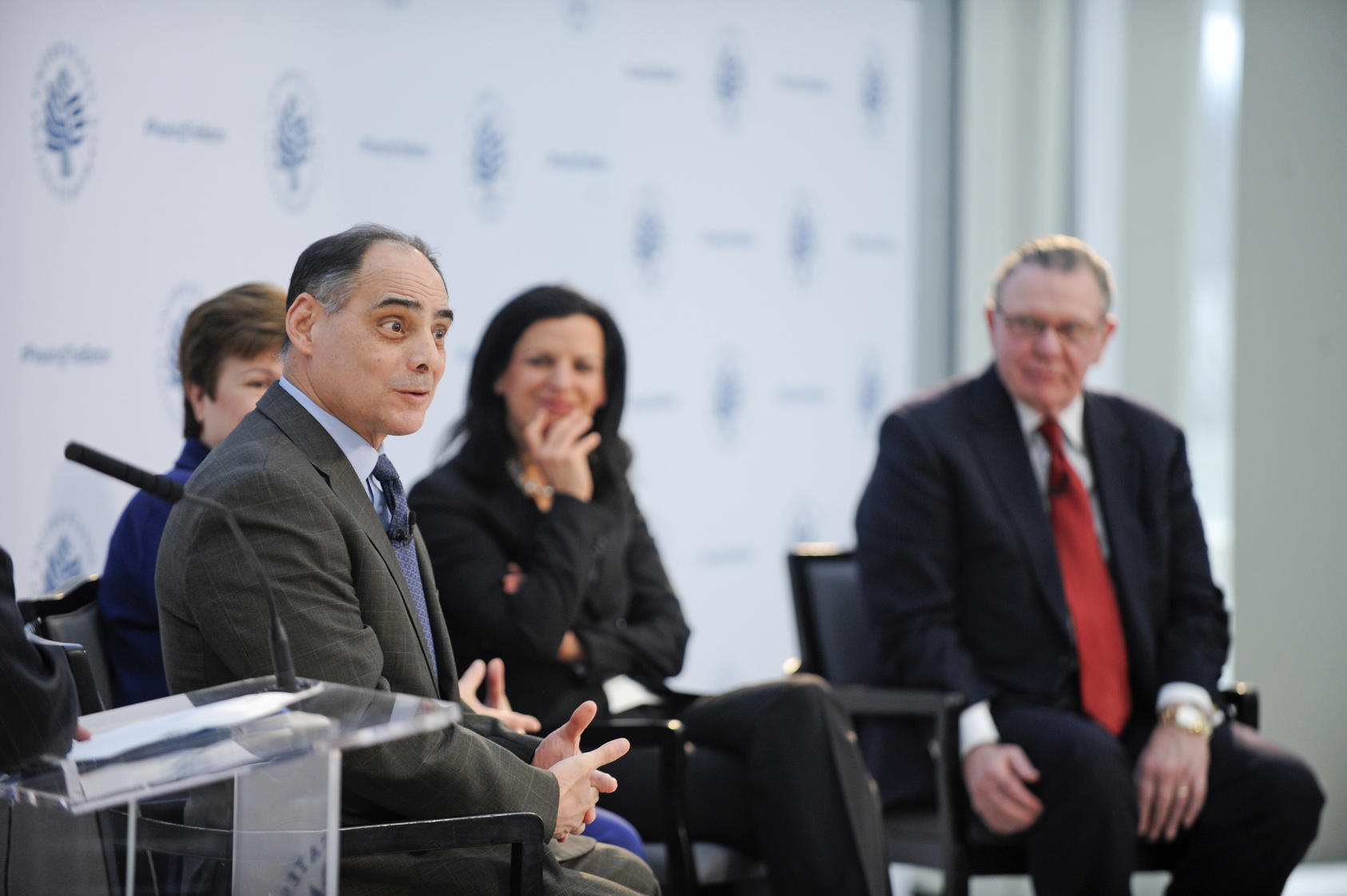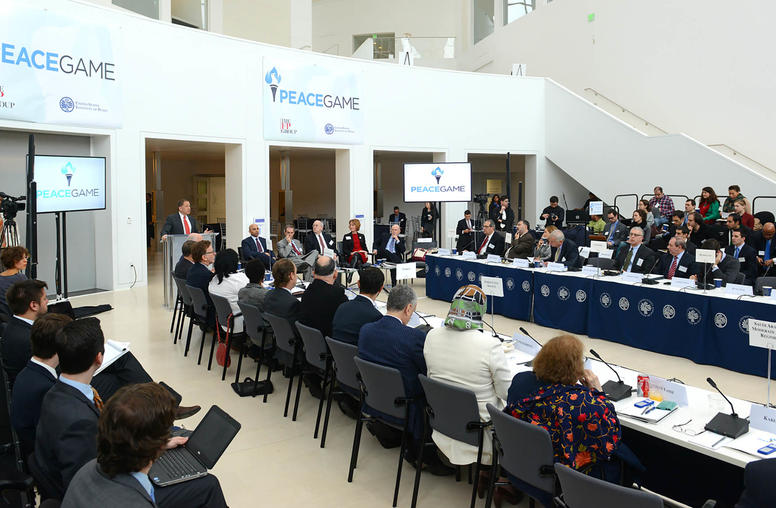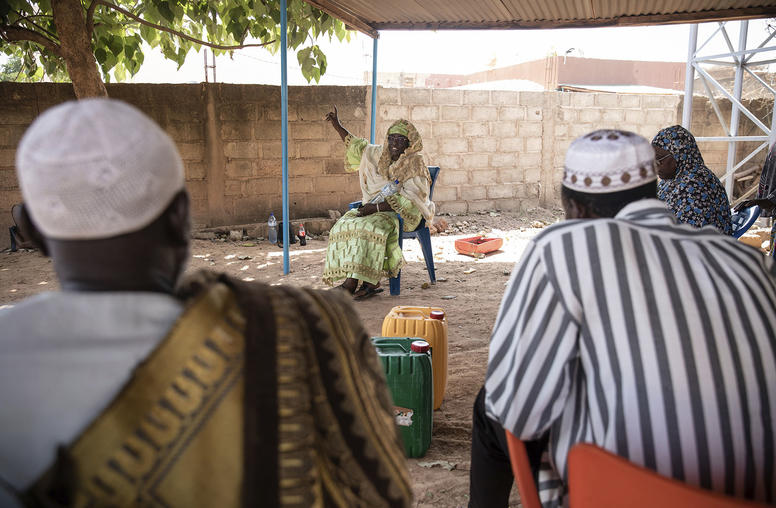On Security, Expect Surprise, Plan for the Shocks
Passing the Baton Recap: Unpredictable Instability—Managing the New Normal
The next administration is sure to face unforeseen and disruptive crises such as unknown diseases, natural disasters or sudden shifts in the world’s strategic landscape, panelists said at the U.S. Institute of Peace “Passing the Baton” conference on Jan. 10. Where these challenges will arise is uncertain, according to a retired general, a World Bank leader, a homeland security expert and a think-tank scholar. Attempts at forecasting threats are helpful, they said, but most critical is to improve protocols for crisis response and ensure underlying strength for recovery.

History suggests “we will fail miserably” in being prepared and predicting accurately what kind of “strategic surprise” the Trump administration will face, said retired Army General Jack Keane. In the second of three panel discussions in the day’s events, he flagged areas he would watch.
“Preparing to prepare is the best hedge against uncertainty.” – James Carafano, vice president, Heritage Foundation
Russia and China, for example, are growing powers seeking to upend institutions that have reinforced global security since World War II, and they are likely to increasingly challenge American alliances. Cyber attacks on critical infrastructure by non-state actors who can’t be deterred by counter-strikes also should be expected, he said.
Former Department of Homeland Security official Juliette Kayyem recalled thorough briefings by the outgoing administration of President George W. Bush, only to be confronted almost immediately with an unforeseen threat—the bird flu virus.
“That’s what going to happen to the Trump administration,” she said. Kayyem’s concerns focus on a catastrophic natural event such as a mega-storm that will challenge the way Americans live and think about how to protect their communities. To date, the response to such disasters has been to rebuild with a few improvements, in the way New Orleans fortified levies after Hurricane Katrina. In a catastrophic event that makes clear that the same will only happen again, rebuilding may not be feasible.
'Belt of Trouble'
World Bank President Kristalina Georgieva sees a “belt of trouble” running through central and north Africa and into Syria, Iraq and Afghanistan. “From here, there is the potential source for a shock,” she said, not only from the condition of fragile states, but also from more frequent droughts that could ignite mass migration. In the developed world, another economic meltdown combined with other crises could disrupt the world economy, she said.
Process planning of the type Keane called “dull as daylight” is the best response to facing unknowable risks, the speakers said. He urged the next administration to prepare a national security policy map that is actively used throughout the government to drive planning and looks ahead like military planners do in preparing to meet a range of enemies on various fronts. James Carafano, who heads the defense and foreign policy team at the Heritage Foundation, cited General Dwight D. Eisenhower: Plans are useless but planning is everything. “Preparing to prepare is the best hedge against uncertainty,” Carafano said.
Kayyem said Homeland Security’s crises will probably involve domestic events. With ties to 50 states and 250 major cities, the department faces what she called issues of governance, such as getting local officials sufficiently focused on preparing for incident response and determining what will be handled federally or locally. She cited the response to the Boston Marathon bombing as an example of good preparation for the unknown: The attack was not predicted but the city’s hospital were ready to disperse and treat the 300 wounded. Resiliency, the ability to withstand shocks and recover, requires investment, she said.
The World Bank is getting better at anticipating and managing risk, Georgieva said, calling fear of financial crises “the new normal.” The bank must be ready to inject resources where needed at the first sign of trouble, she said.
Carafano said there is bipartisan agreement that the peace and stability of Europe, Asia and the Middle East are all vital to the U.S. and that the first job of the next president is to prepare for unpredictable events emerging from each.
“You don’t get credit for two out of three,” he said.



